Every time Ian Burke of Berridale drives through the gap on Rocky Plain Road and looks towards Black Jack Mountain, he "wonders what the terrifying last moments must have been like for those poor souls on board the Southern Cloud".
For those unfamiliar with the tragedy of the Southern Cloud, its loss was our country's first major civil aviation disaster.
Soon after the Avro Ten - one of just five in the embryonic Australian National Airways - took off from Mascot Airport on the morning of March 21, 1931, the weather bureau issued a warning of near-cyclonic conditions over the Australian Alps. However, there was no way to communicate the updated forecast to the Melbourne-bound Southern Cloud as the plane had no radio.
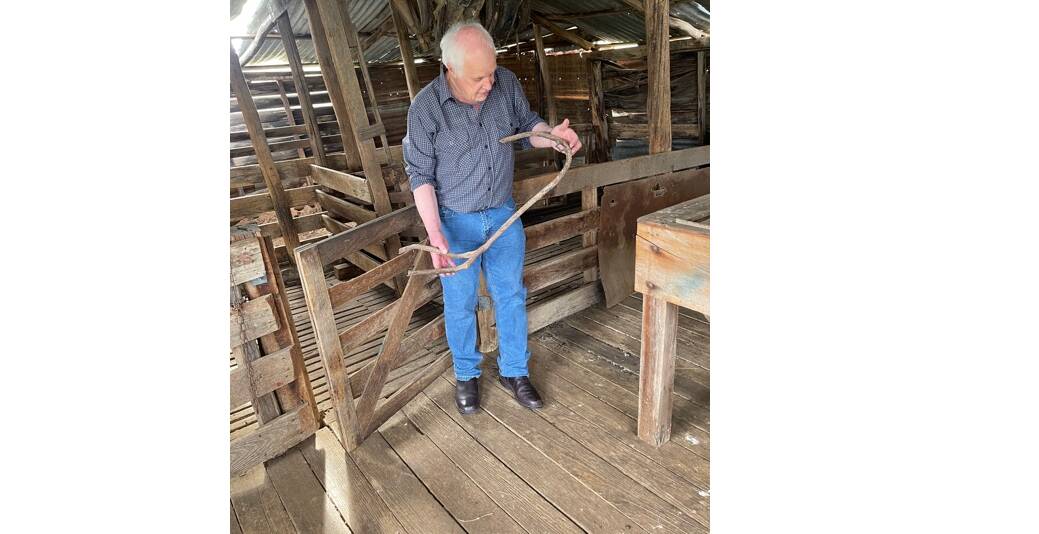
When the ill-fated flight never arrived in Melbourne, reports flooded in over a vast area of south-eastern Australia from people claiming they'd seen or heard an aeroplane in trouble. However, despite an extensive week-long search, no trace of the missing plane was found.
Its whereabouts remained a baffling mystery until 27 years later when Tom Sonter, a Snowy Hydro worker, literally stumbled on the wreck in thick scrub near the aptly named World's End in rugged bush near Cabramurra.
"I was trying to walk to Black Jack [Mountain] and back before I started work at lunchtime, but the going got tough so I had to turn around," says Sonter, who when I spoke to him this week, recalls the moment he first set eyes on the mangled wreck like it was yesterday.
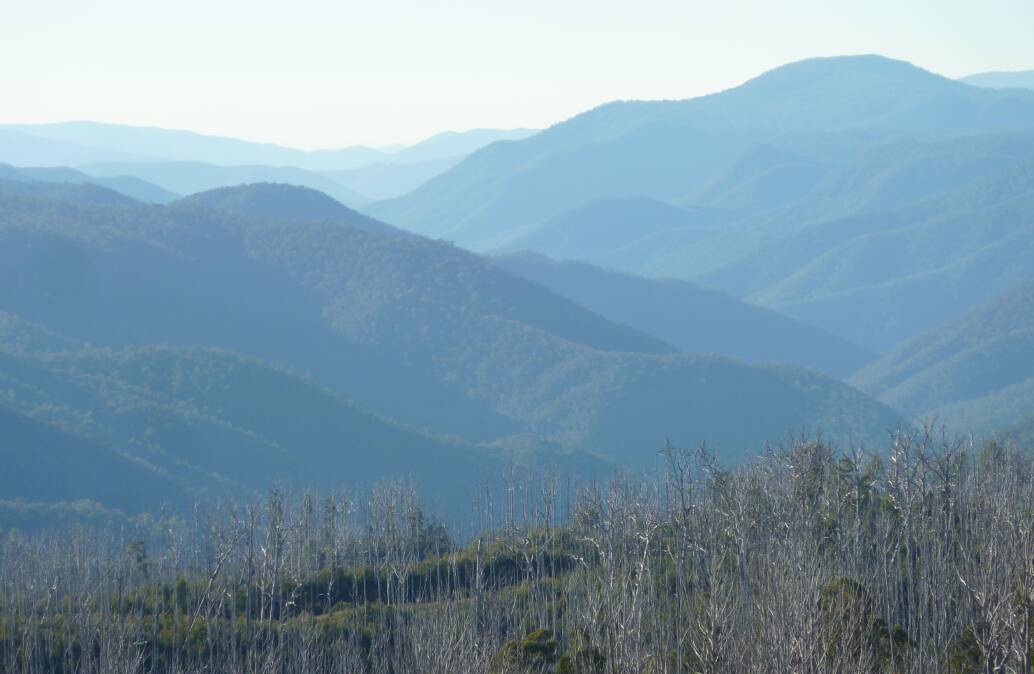
"I wasn't sure if it was a known wreck or not, so I removed the ID plate off the fuselage and took it to police," recalls Sonter, who admits he'd not heard of the Southern Cloud.
Once news broke that Sonter had indeed accidentally found the missing plane, reporters flocked to the scene. They were quickly followed by "ghoulish souvenir hunters", who according to Isabel Carter in her book Southern Cloud (Lansdowne Press, Melbourne, 1963) "working by torchlight ... stripped the wreckage clean, attacking it with hacksaws and wrenches, unscrewing engine-parts, taking away rucksacks and bags crammed with their finds". Heck.
Over time many of those relics have found their way into official collections such as at the Tumbarumba Museum, the National Museum of Australia, and the Aviation Pioneers Memorial in Cooma (it's in the main street, near the intersection with Boundary Street).
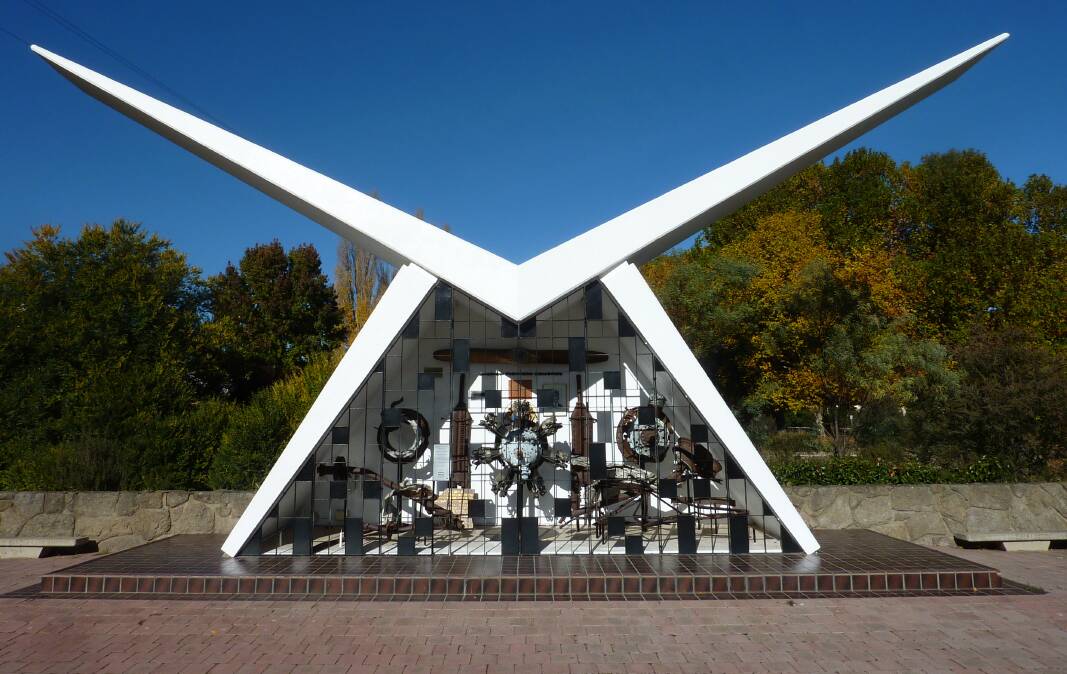
However, among those items still in private hands is one of the badly twisted pilot's seat frames, which has hung from the rafters of Ian Burke's family woolshed in Berridale for almost 60 years.
"I remember being given it as a 14-year-old back in 1963, a family friend who went to the wreck site the day after Sonter found it, offered me one of the two pilot seat frames or some engine parts," explains Burke.
"As a kid, I didn't really know what the engine parts were, so I took one of the seat frames," he explains. "It's since spent the best part of 60 years in the woolshed which is now a in state of self-demolition so I need to find a new home for it."

Burke, who admits to having a renewed fascination for the Southern Cloud, has extensively researched the provenance of the seat frame. "The Avro Tens were one of the first aircraft to have two seats (pilot and co-pilot) in the cockpit," he explains. Those seat frames survived as they were made of metal whereas the passenger seats were made of cane which would have readily burned.
"Just think, either the pilot or co-pilot died in horrendous circumstances in that seat when the plane crashed into the side of the mountain," says Burke. "I want to make sure it is preserved, and its story known."
While Burke doesn't like the idea of the frame "disappearing into a box in a faraway museum", he is happy to consider donating it a permanent local memorial like the one in Cooma. "Wherever it ends up, I want it to be presented as a direct and intimate connection with the death of the pilot (Travis Shortridge) and co-pilot (Charlie Dunnell)."
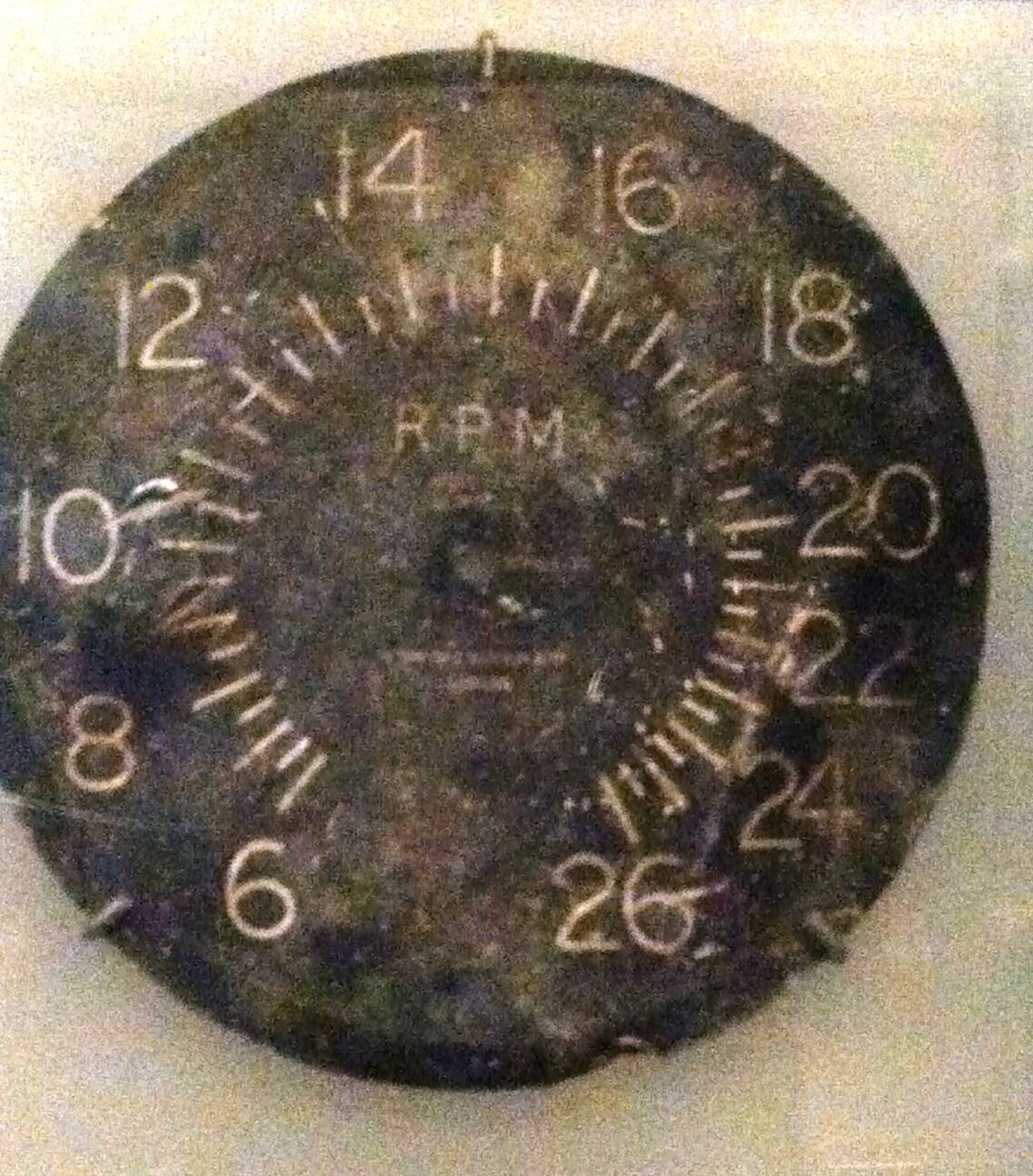
Sonter, who would have "preferred nothing was taken from the wreck site to begin with", sympathises with Burke.
"If he [Burke] returns the seat frame to the wreck site, someone will steal it, or it will eventually succumb to the elements," says Sonter. "There is some merit for parts of the plane to be on display at memorials to help tell the tragic story to future generations."
While Burke grapples with what to do with his artefact, Sonter is already planning another visit to the wreck site when it is safe to do so.
According to park rangers, the 2019-20 bushfires and subsequent heavy rain has badly impacted the site, including destroying a bush memorial that was anonymously erected there more than 40 years ago.
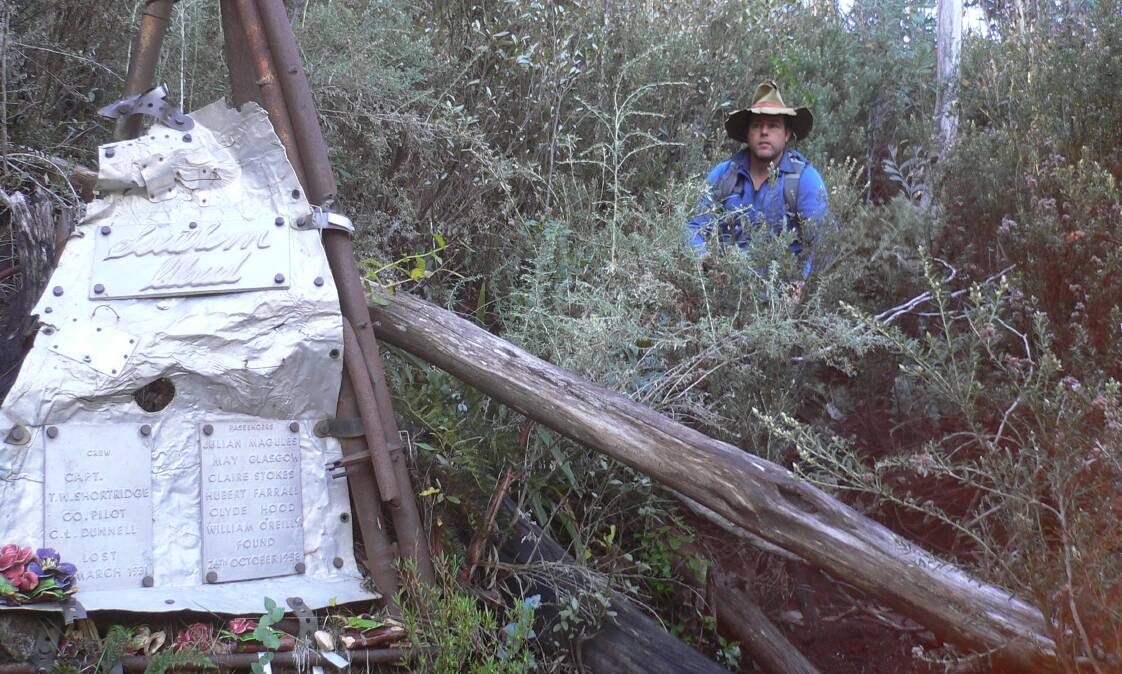
"It was professionally etched into a piece of flattened aluminium, but no one ever fessed-up to creating it," says Sonter. "I really hope for the sake of the families of the victims that it's replaced by something similar."
"A permanent indestructible and un-removeable marker in stone would be good," adds Burke.
It's almost 10 years since high country historian Matthew Higgins kindly led me to the little-known location where the Southern Cloud ploughed into the side of a far-flung mountain. Perhaps if a replacement bush memorial is made, we should return to pay our respects again, this time with Burke and Sonter.
Family's gratitude the greatest reward
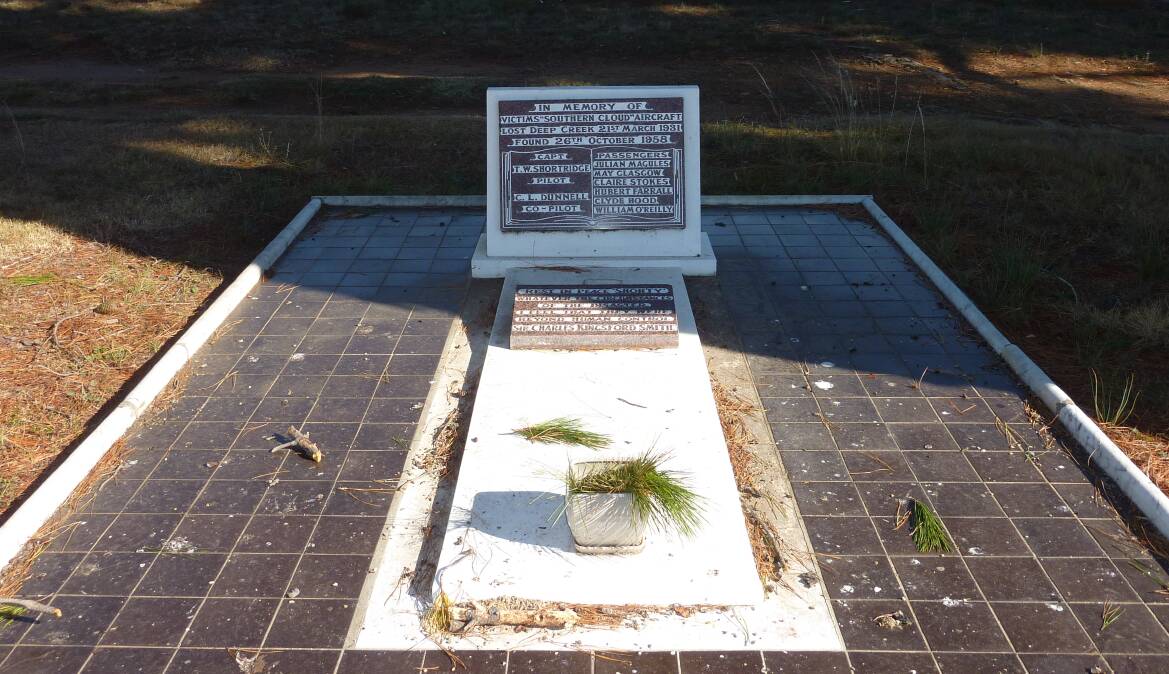
"Many people ask me if I ever received a reward," says Tom Sonter, who stumbled on the wreck of the Southern Cloud on October 26, 1958, while on a bushwalk in The Snowy Mountains.
Although Sonter didn't receive any financial reward, he claims he was the recipient of something far better than a wad of cash.
"After the wreck was confirmed as the Southern Cloud, Cynthia Balderson, the granddaughter of the pilot Travis 'Shorty' Shortridge, told me that I'd 'changed her life'.
"That was especially moving," says Sonter, as "providing closure for those grieving families was better than a financial reward".
Before he found the wreck, Sonter says Cynthia and her brother would sometimes walk along Bondi Beach at dawn with their mother (Shorty's daughter) to write messages in the sand and to look out towards the horizon.
"The family believed that the most likely scenario for the plane's disappearance was that it had overshot Melbourne and had crashed into the ocean somewhere," says Sonter. "So to help deal with their loss, the family would often write messages in the sand, allowing the incoming tide to wash away the message and take it out to sea.
"Soon after the discovery of the wreck, Cynthia told me her mother took them back down to Bondi Beach where she wrote, 'Daddy, now I know where you are'," reveals Sonter. "That was especially moving." I bet.
Lasting Legacy
Sonter believes the victims of the Southern Cloud crash were pivotal in the development of the aviation industry. "Those passengers who paid fares on early flights like on the Southern Cloud were just as much pioneers of the industry as pilots, crew, and plane manufacturers," he attests.
Indeed, one of the recommendations after the disappearance of the Southern Cloud was that radios and qualified operators be made compulsory in regular passenger flights so that changes in weather forecasts could be communicated to air crew.
WHERE IN THE REGION?
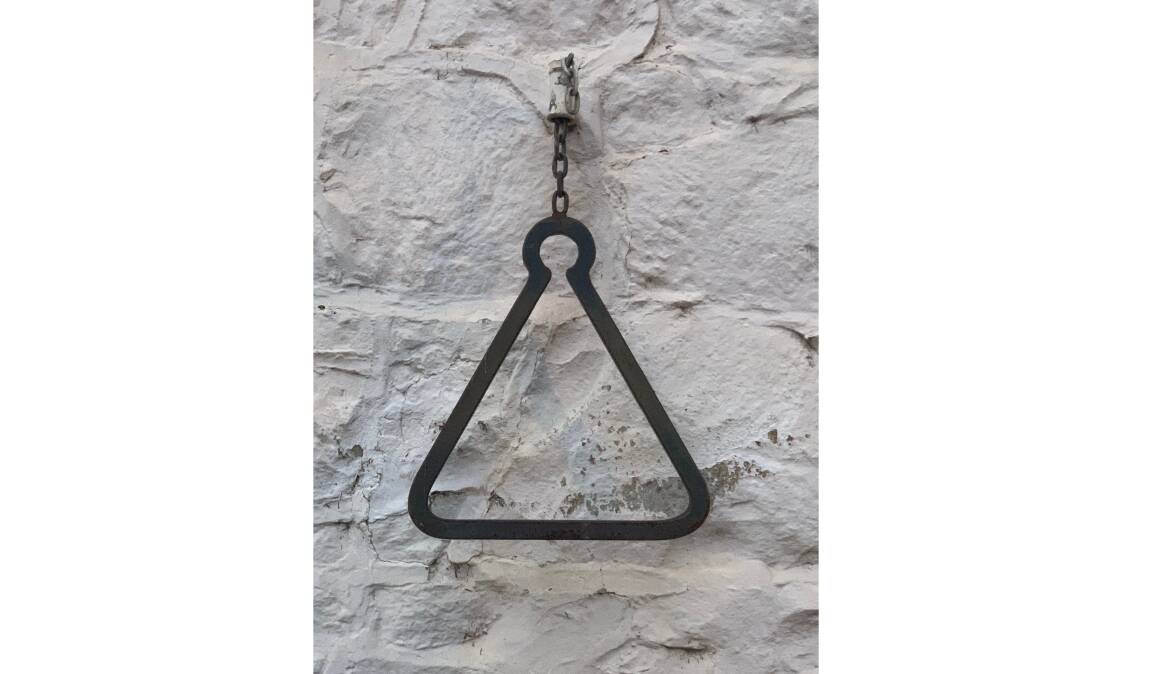
Rating: Easy - Medium
Clue: No, it's not for percussion classes
How to enter: Email your guess along with your name and address to tym@iinet.net.au. The first correct email sent after 10am, Saturday October 22, wins a double pass to Dendy, the Home of Quality Cinema.
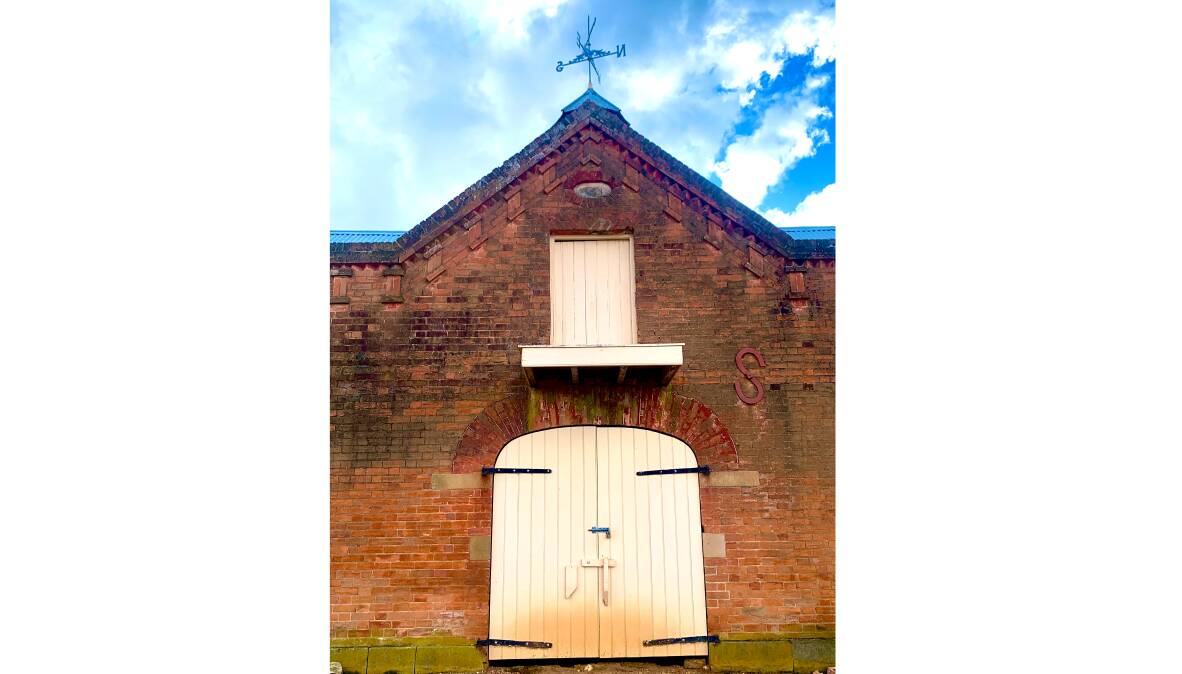
Last week: Congratulations to David Waddell of Red Hill who was first to identify last week's photo as the stables at Cooma Cottage in Yass, home of the first Australian-born explorer, Hamilton Hume, from 1839 until his death in 1873. The stables were designed by Goulburn architect James Sinclair and built for Hume in the 1850s and include innovative "owl holes" at either end to allow birds of prey to fly in and out of the stables to keep vermin under control. David immediately recognised the photo as his late mother, Marjorie Hume, was the great granddaughter of Francis Hume, Hamilton's brother.
Did You Know? Cooma Cottage is one of the oldest surviving colonial cottages in NSW and currently requires urgent repairs. The National Trust of NSW, which now owns the heritage-listed building, has launched an appeal for funds to make this important conservation work possible.
CLOSE CALLS
As is so often the case with disasters like the Southern Cloud, there are stories of passengers who cheated death by last-minute changes to their travel itineraries. Take Stan Baker for example. The Sydney businessman had booked a seat on the fateful flight but cancelled at the last minute, deciding to travel to Melbourne by train instead. Not surprisingly, following the Southern Cloud's disappearance Baker reportedly developed a fear of flying which tragically proved justifiable when in he died in a plane crash near Perth in 1950.
Then there's cricket great, Sir Donald Bradman who flew in the Southern Cloud from Adelaide to Goulburn not long before the tragedy. In his 1950 tome Farewell to Cricket, Bradman described the trip as a "bumpy journey".
CONTACT TIM: Email: tym@iinet.net.au or Twitter: @TimYowie or write c/- The Canberra Times, GPO Box 606, Civic, ACT, 2601
We've made it a whole lot easier for you to have your say. Our new comment platform requires only one log-in to access articles and to join the discussion on The Canberra Times website. Find out how to register so you can enjoy civil, friendly and engaging discussions. See our moderation policy here.







